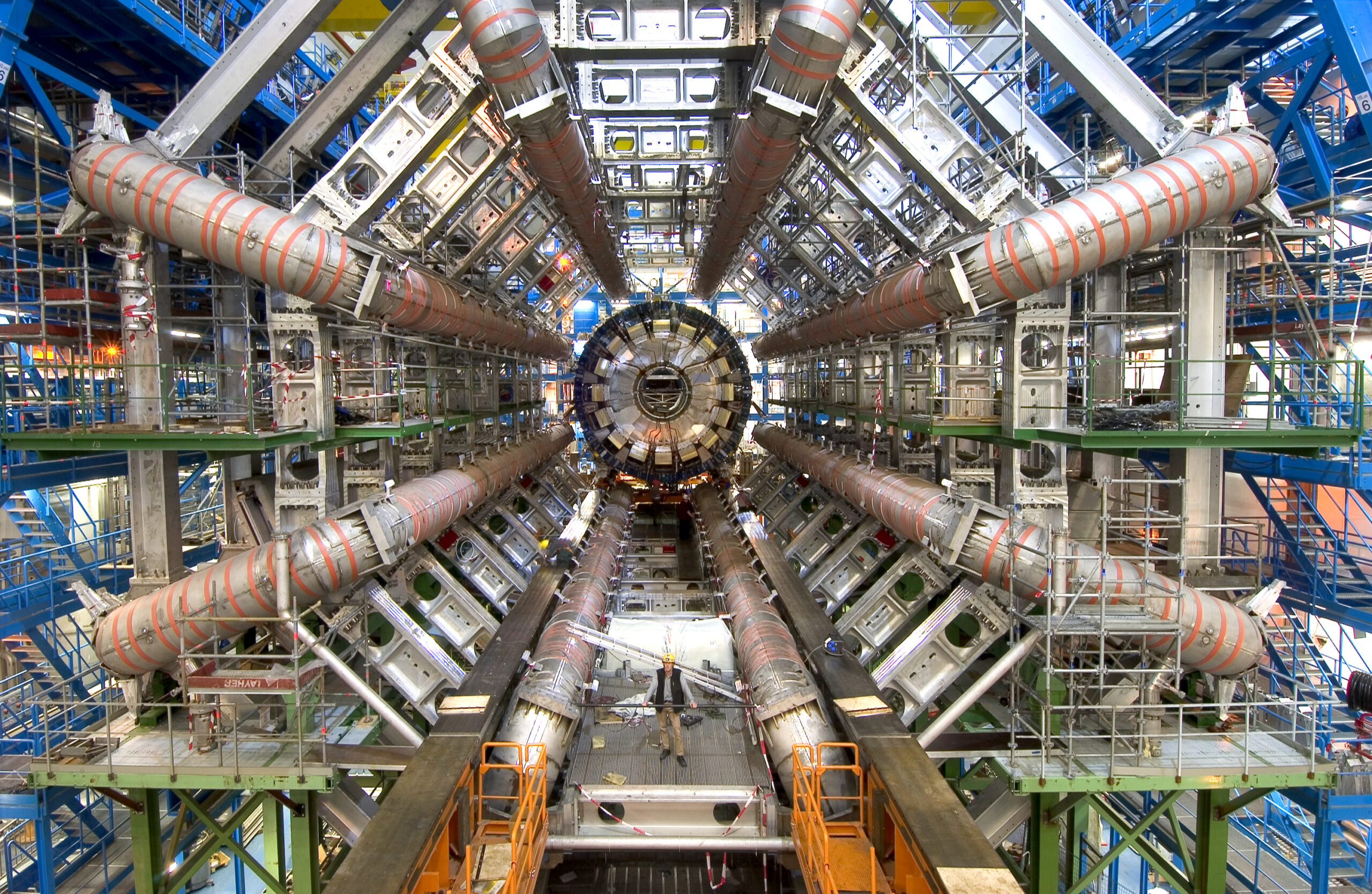The Large Hadron Collider (LHC) is the world’s largest and most powerful particle accelerator. The LHC is an international collaboration to investigate a wide range of physics including the origin of the mass of sub-atomic particles.
The LHC consists of a 27-kilometre ring of superconducting magnets with a number of accelerating structures to boost the energy of the particles along the way. Inside the accelerator, two high-energy particle beams travel at speeds close to the speed of light. Thousands of magnets of different varieties and sizes are used to direct the beams around the accelerator, before they “squeeze” the particles even closer together to increase the chances of the collision.
In 2002, VEEM Ltd were tasked with manufacturing various components from lead bronze alloy to make up key elements of the radiation shield. This shield is vital to the functionality of the LHC as it protects instrumentation used in the ATLAS experiments.
Consuming a whopping 2,300 hours of labour and 28,000kg of leaded gunmetal, this project pushed VEEM’s melt capacities and manufacturing capabilities for leaded gunmetal castings to new limits. Having just moved to our Canning Vale facility with upgraded foundry equipment, these castings presented a learning curve for general methodologies as it was VEEM’s first project of this kind and scale.
The foundry team were proud to deliver the 14 castings with no defects, rejects and low non-conformance as a result. The whole process from pattern manufacturing to casting, machining, testing and trial assembly took VEEM five months to complete. The 14 components were then delivered to the CERN laboratory in Switzerland for installation.
Since then, the LHC set multiple world records for beam energy, intensity and collision, before CERN announced the discovery of a Higgs-like particle in July 2012. The elusive Higgs Boson is thought to explain how particles were given mass when they came into contact with an invisible force field called the ‘Higgs Field’ at the earliest moments in the formation of the universe. You can read the full press release for the discovery here.
After a large shutdown for planned works and upgrades to enable the Large Hadron Collider to double its energy, the Large Hadron Collider restarted in April 2022. The aim is to now facilitate physicists across the world to study the Higgs boson in greater detail and put the Standard Model of particle physics and its various extensions to the most stringent tests yet.
VEEM Ltd is proud to have produced 14 very large castings that contributed to the advancement of science and the discovery of some of the smallest particles in the universe, and look forward to hearing what the Large Hadron Collider discovers next!

